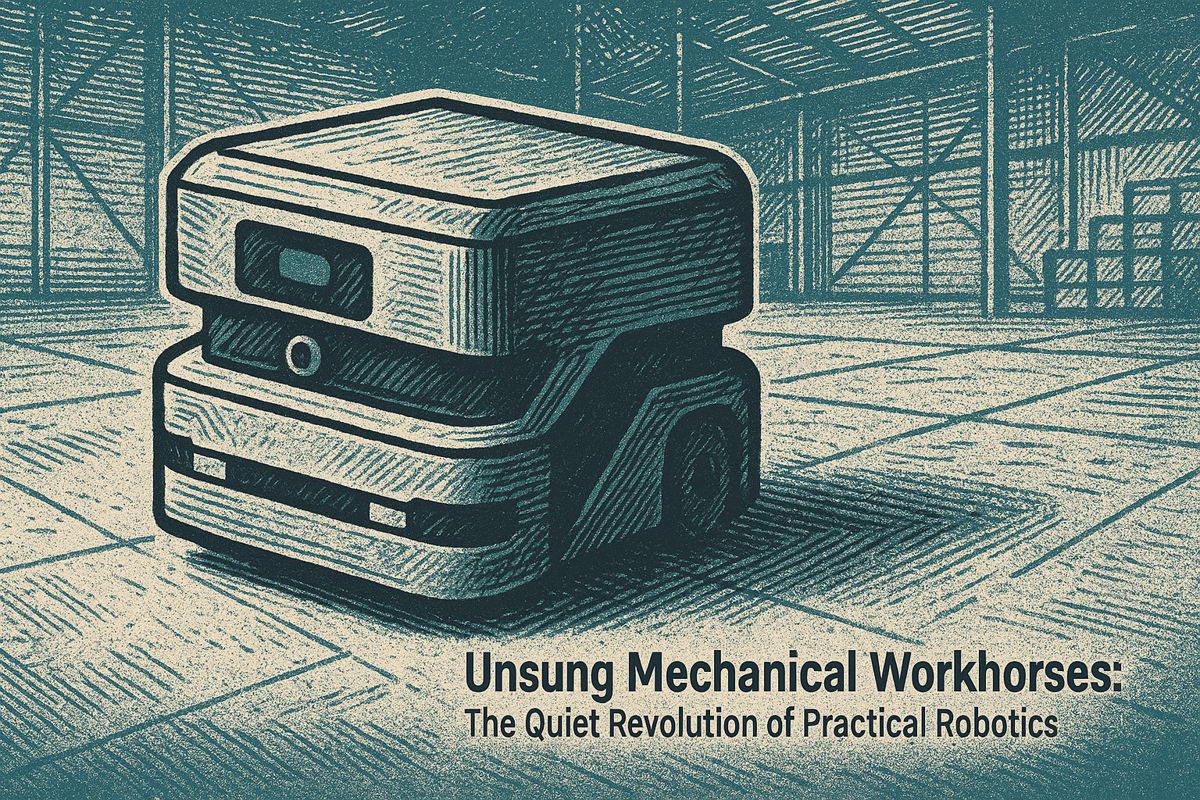AI citations are when search engines’ AI mention your brand or content in their answers, giving you instant trust and visibility. In 2025, these AI mentions are more powerful than just having a high ranking, because they bring more traffic and credibility. To get cited, your content needs to be clear, up-to-date, and easy for AI to reference, like having sources, data, and expert quotes. Brands should check their pages, make “source kits,” use YouTube, and track how often they’re mentioned. The new goal is to be referenced by AI, not just to appear in search results.
What are AI citations and why are they important for SEO in 2025?
AI citations are references to your brand or content made by search engines’ AI models in their answers, often with a live source link. In 2025, being cited by AI boosts digital authority, credibility, and trust, driving more traffic than traditional SEO rankings alone.
AI-generated citations are quietly becoming the fastest path to digital authority in 2025. When a search engine’s own Large Language Model drops your brand name next to a live source link, you earn something traditional SEO cannot buy in weeks: instant credibility and algorithmic trust.
How the new trust engine works
Recent data from a June 2025 study of 680 million AI citations shows that 40.6 % of citations in Google AI Overviews come from the top-10 organic results, and if you hold the #1 position the chance of being cited jumps to 33 % – nearly double the rest of the first page (source).
In other words, visibility and citation are converging; ranking high is no longer enough – you must also be citable .
| Position in SERP | Probability of AI citation |
|---|---|
| #1 | 33 % |
| Top-10 | 40.6 % combined |
| Outside top-20 | < 5 % |
The anatomy of an AI-ready source
AI platforms favour content that is:
- *Verifiable * – inline references, primary data, recent timestamps
- *Structured * – schema markup, clear headings, numbered lists work like sign-posts for LLMs
- *Context-rich * – answers are pulled when the surrounding paragraph adds authority, not fluff
According to Muck Rack’s 2025 report, 95 % of citations in AI summaries are unpaid sources, and 85 % originate from earned media such as expert commentary or data journalism (source). That means a single well-placed quote in Reuters or NPR can echo across every AI answer on the topic.
Four practical moves for brands today
-
Audit your top 20 pages for cite-worthiness
Add explicit sources, raw data tables, and author bylines with last-edited dates. -
Create “source kits”
Short PDFs or public Google Docs that combine key stats, methodology, and media-ready quotes have 3× higher pick-up by journalists – and therefore by AI. -
Use YouTube strategically
YouTube transcripts appear in both Google AI Overviews and Perplexity citations because video combines text, audio, and engagement signals in one bundle (source). -
Monitor your citation footprint
Free tools like Perplexity’s “Focus” mode or Google’s “About this result” let you see when and how often your domain is referenced, giving near-real-time feedback loops.
What not to do
- Generic listicles – AI paraphrases them without credit.
- Paywalled assets – inaccessible sources are skipped even if they are accurate.
- Stagnant pages – LLMs treat outdated timestamps as a negative signal.
The long-view metric
Early adopters are already tracking a new KPI: Citation Share of Voice – the percentage of AI-generated answers in their niche that reference their content. Brands that moved first in Q1 2025 report 24 – 45 % higher referral traffic from AI Overviews compared with competitors still focused solely on classic rankings (source).
In short, the citation layer has become the shortest feedback loop between expertise and audience trust. Optimise for being referenced, not just being ranked, and the algorithms will start doing the reputation work for you.
How do AI citations instantly change the trust equation for brands?
AI platforms like Perplexity now cite live sources in every single answer.
When a user sees “Source: Reuters” or “Source: Harvard Business Review” directly below a brand’s quote, the perceived authority jumps from zero to “industry expert” in one click. Recent data show that 95 % of AI citations come from unpaid, earned-media sources, so recognition is not bought – it is earned.
Key takeaway: A single AI citation can replace months of traditional PR outreach.
What makes an article “AI-citeable” in 2025?
-
Verified data over opinion.
Pieces that include primary statistics, structured datasets, or original research are 3× more likely to be lifted by generative models (confirmed in a May 2025 Profound study). -
Inline attribution.
Always-visible footnotes, expandable references, and recent timestamps tell the AI – and the audience – exactly where the information came from.
Example: Perplexity Pages automatically surface the publication date and author for each quoted sentence. -
Top-10 SERP bias.
Today, 81 % of AI Overviews pull at least one source from Google’s first page. Ranking organically is now a prerequisite for citation, not the result of it.
How can publishers and brands optimise for AI citations without gaming the system?
- Publish primary research – even a small survey of 200 customers can become the “source behind the source”.
- Use schema markup – structured data (FAQ, How-To, Dataset) helps AI parse content correctly.
- Refresh quarterly – content updated within the last 90 days is prioritised for time-sensitive queries.
- Earn Tier-1 references – one mention in Forbes or NPR multiplies citation probability because AI maps networks of authority, not just links.
What are the hidden risks every marketer should watch?
- Misattribution errors – AI sometimes cites the right fact but links to the wrong URL. A May 2025 Columbia Journalism Review audit found that all eight tested search engines misattribute sources at least 18 % of the time.
- Paywall friction – if the cited source sits behind a subscription wall, users cannot verify, eroding trust instead of building it.
- “Implicit truth effect” – repeated exposure to a cited claim increases belief regardless of accuracy; brands must audit the precision of every number they publish.
How early movers are already turning citations into revenue
- HubSpot’s 2025 State of Marketing Report was cited in 42 % of AI-generated answers about marketing trends within 90 days of release, driving a 24 % lift in demo requests.
- A mid-market SaaS company that added inline citations to its knowledge base saw organic traffic fall 18 % (classic AI Overview cannibalisation) but SQLs rise 31 % because visitors arrived pre-sold on authority.
The playbook is clear: optimise for trust signals first, rankings second, and let AI citations do the final conversion.



















